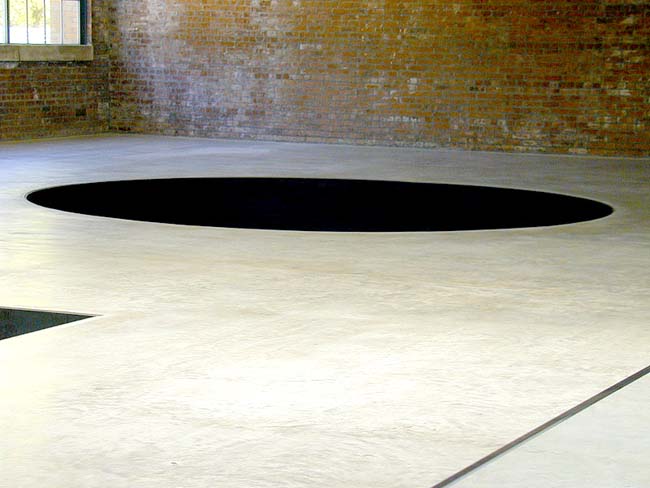Lynda Obst gives Slate‘s David Edelstein a juicy piece of Lost in Translation gossip, that Sofia’s father gave her three pages of notes on the film, which she stuffed. Edelstein calls the movie “Chekhovian,” which is high praise in his book. Sofia, you’ve come a long way, baby. Good luck.
Meanwhile, at Edelstein’s other gig, Fresh Air, Terry Gross ran a 1999 interview with LIT star Bill Murray, while the site promises an upcoming interview with Ms Coppola herself.
March 30 or so, MoMA’s Film Department is giving Sofia Coppola its Work In Progress Award. They called it early last year, by the way, no dogpiling there. Stay tuned for more greg.org coverage.
My favorite Bill Murray story goes like this: when somebody recognized him on the street in NYC, Murray walked up to him and popped him on the forehead. Then he bent over to the stunned man and whispered, “no one’ll ever believe you,” and walked away. Maybe that’s what happened to Scarlett Johansson’s character at the end of LIT.
At this house Saturday, we’ll be watching the IFP Independent Spirit Awards, which are a lot more fun. Assuming we’re not sacked out from exhaustion, that is. Oh, and no sooner did I post about Cassavetes’ Shadows, that it turned up in my mailbox, a forgotten gift to myself from my DVD rental queue.
related: my interview with Sofia. My hanging with Alexander Payne and David O. Russell, previous MoMA honorees. My own Edelstein-inspired Chekhov reference. Me me me me me.





